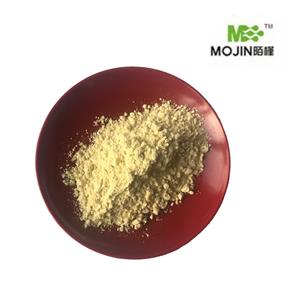
Agar NEW
| Price | Get Latest Price |
| Package | 25KG |
| Min. Order: | 1KG |
| Supply Ability: | 50000KG/month |
| Update Time: | 2023-10-26 |
Product Details
| Product Name: Agar | CAS No.: 9002-18-0 |
| EC-No.: 232-658-1 | Min. Order: 1KG |
| Purity: 99% | Supply Ability: 50000KG/month |
| Release date: 2023/10/26 |
| CAS: | 9002-18-0 |
| MF: | C14H24O9 |
| MW: | 336.33496 |
| EINECS: | 232-658-1 |
| Product Categories: | AgarsMicrobiology;All Solid Media/AgarsResearch Essentials;CarbohydratesResearch Essentials;A - MMicrobiology;Base Ingredients;Core Bioreagents;Media;Media from A;Microbial Media;gel;TGF-beta;Flavor;9002-18-0 |
| Mol File: | 9002-18-0.mol |
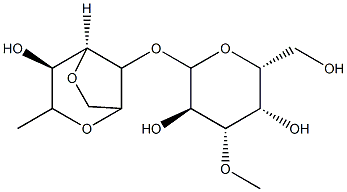 | |
| Agar Chemical Properties |
| Melting point | 85-95 °C |
| FEMA | 2012 | AGAR (GELIDIUM SPP.) |
| storage temp. | room temp |
| solubility | H2O: 1.5% with heat |
| form | shredded |
| color | Brownish yellow |
| Odor | Odorless |
| PH | 6.5-6.8 (1.5% in gel, after autoclaving) |
| PH Range | 5 - 7 |
| Odor Type | bland |
| Water Solubility | SOLUBLE IN HOT WATER |
| Sensitive | Moisture Sensitive & Hygroscopic |
| Merck | 14,184 |
| Stability: | Stable. Incompatible with strong oxidizing agents. |
| CAS DataBase Reference | 9002-18-0(CAS DataBase Reference) |
| EPA Substance Registry System | Agar (9002-18-0) |
| Agar Usage And Synthesis |
| Description | Agar is a dried, hydrophilic, colloidal polysaccharide complex extracted from the agarocytes of algae of the Rhodophyceae. The structure is believed to be a complex range of polysaccharide chains having alternating a-(1!3) and b-(1!4) linkages. There are three extremes of structure noted: namely neutral agarose; pyruvated agarose having little sulfation; and a sulfated galactan. Agar can be separated into a natural gelling fraction, agarose, and a sulfated nongelling fraction, agaropectin.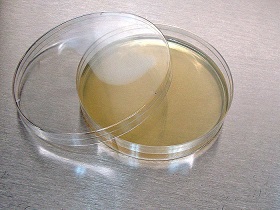 Nutrient Agar |
| Chemical Properties | Agar is produced by some red algae species (Rhodophyceae), especially Gelidium and Gracilaria. Agar contains two polysaccharides - agarose (agaran) and agaropectin. Agarose consists mainly of D-galactose and the 3,6-anhydro form of L-galactose, with small amounts of D-xylose. Some of the D-galactose units are methylated at C-6. The polymer contains alternatingsegments of α(1~3) linked D-galactose units and β (1~4) linked 3,6-anhydro-L-galactose. The main chains of agaropectin are similar, but contain D-glucuronic acid and small amounts of other sugars, including sulphate esters. Agar is not attacked by microorganisms and its strong gel-forming properties make it an ideal matrix for microbial cultures. |
| Regulatory Status | CoE: n/a FDA: 21 CFR 150 et. seq., 184.1115, 582.7115; 27 CFR 24.243 FDA (other): Approved for OTC use (21 CFR 310.545); HOC (1992) JECFA: ADI: Not limited (1973) |
| Chemical Properties | Agar occurs as transparent, odorless, tasteless strips or as a coarse or fine powder. It may be weak yellowish-orange, yellowish-gray to pale-yellow colored, or colorless. Agar is tough when damp, brittle when dry. |
| Chemical Properties | A dried hydrophilic, colloidal polygalactoside derived from the entire plant (minus the roots) of Gelidium cartilagineum (L.) Gaillon or Gracilaria confervoides (L.) Greville. It is commercially available in bundles consisting of thin, membranous agglutinated strips or in cut, flaked granulated or powdered form. Although agar was discovered in Japan in 1658, it was introduced to Europe and the United States from China in the nineteenth century, where it was initially used as a gelatin substitute in the making of desserts. It soon became widely used as a solid bacteriological culture medium after its use by Robert Koch in his famous experiments. Its major uses in the food industry of today are in bakery products, confectionary, dairy products and canned meat and fish. It is also used in microbiology, dentistry and medicine. The Gelidium species amansii and cartilageneum are the major sources of agar, although many species of Rhodophyceae are used. The weeds (agarophytes) used in the commercial product of agar grow from the tide line out to depths of 120 ft, and are harvested by waders along the shore at low tide, raked from small boats or picked by divers. Japan is the largest producer of agar. Because agar is soluble in hot water but relatively insoluble in cold water, it is extracted by boiling the agarophyte in water, filtering, cooling to form a gel, cutting into pieces and frozen, then thawing to free the agar from salts and other impurities that are soluble in cold water. The wet agar is repeatedly washed with cold water and finally dried. American and Japanese agar are graded according to published specifications. The high-quality American agar is divided into bacteriological, medicinal and dental grades, and the Japanese agar, into three grades and two subgrades. It is odorless or with a slight characteristic odor and mucilaginous taste. The structure of agar is not completely known. Chemically, agar is believed to be composed of 3,6-anhydro-L-galactose and D-galactopyranose residues in varying proportions. |
| Occurrence | Agar is found in several species of red marine algae in oceans around the world. |
| Uses | Agar is the most suited solidifying agent for scientific applications that require incubation temperatures closer to human body temperature. Agar is used as a medium in bacteriology and plant biology, impression material in dentistry, biofertilizer in organic farming, and salt bridges in electrochemistry. It can be used to measure the motility and mobility of microorganism owing to the porous nature of the gel form of an agar or agarose medium. |
| Uses | Substitute for gelatin, isinglass, etc. in making emulsions including photographic, gels in cosmetics, and as thickening agent in foods especially. confectionaries and dairy products; in meat canning; in production of medicinal encapsulations and ointments; as dental impression mold base; as corrosion inhibitor; sizing for silks and paper; in the dyeing and printing of fabrics and textiles; in adhesives. In nutrient media for bacterial cultures. |
| Uses | Agar is a gum obtained from red seaweeds of the genera gelidium, gracilaria, and eucheuma, class rhodophyceae. it is a mixture of the polysaccharides agarose and agaropectin. it is insoluble in cold water, slowly soluble in hot water, and soluble in boiling water, forming a gel upon cooling. the gels are characterized as being tough and brittle, setting at 32–40°c, and melting at 95°c. a rigid, tough gel can be formed at 0.5%. agar mainly functions in gel for- mation because of its range between melting and setting tempera- tures, being used in piping gels, glazes, icings, dental impression material, and microbiological plating. typical use levels are 0.1–2.0%. |
| Production Methods | Agar is obtained by freeze-drying a mucilage derived from Gelidium amansii Lamouroux, other species of the same family (Gelidiaceae), or other red algae (Rhodophyta). |
| Definition | agar: An extract of certain species ofred seaweeds that is used as a gellingagent in microbiological culturemedia, foodstuffs, medicines, andcosmetic creams and jellies. Nutrientagar consists of a broth made frombeef extract or blood that is gelledwith agar and used for the cultivationof bacteria, fungi, and somealgae. |
| General Description | Tan powder. |
| Air & Water Reactions | Water insoluble. |
Packing &shipping&Payment
Shipping:by sea or by air
Payment:T/T,western union,moneygram
Packaging Details drum
Port:Tianjin
Lead Time :
| Quantity(Kilograms) | 1 - 10000 | >10000 |
| Est. Time(days) | 5 | To be negotiated |
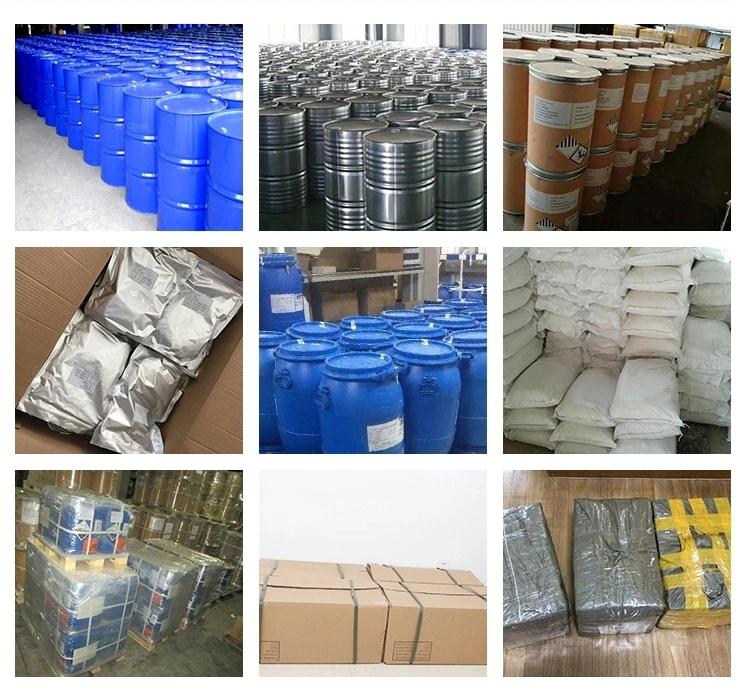
 Company information
Company information
Hebei Mojin Biotechnology Co., Ltd, Our company is a professional in 4'-Methylacetophenone,Levamisole hydrochloride ,N-Methylformamide and other chemical reagents research and development production enterprises. Our business covers more than 30 countries, most of the big customers come from Europe, America and other countries in the world, we can guarantee the quality and price. In recent decades, with the efforts of all employees, we have established many cooperative companies in shandong, henan, guangdong and other places. Our corporate purpose is based on the market, enhance the strength, take the road of scientific and environmental sustainable development, relying on the country. Technology r & d center, increase the investment in r & d, based on the domestic market, expand the international market, manufacturing quality products, sincere service to the society, into a modern, ecological, scientific and technological enterprise world.
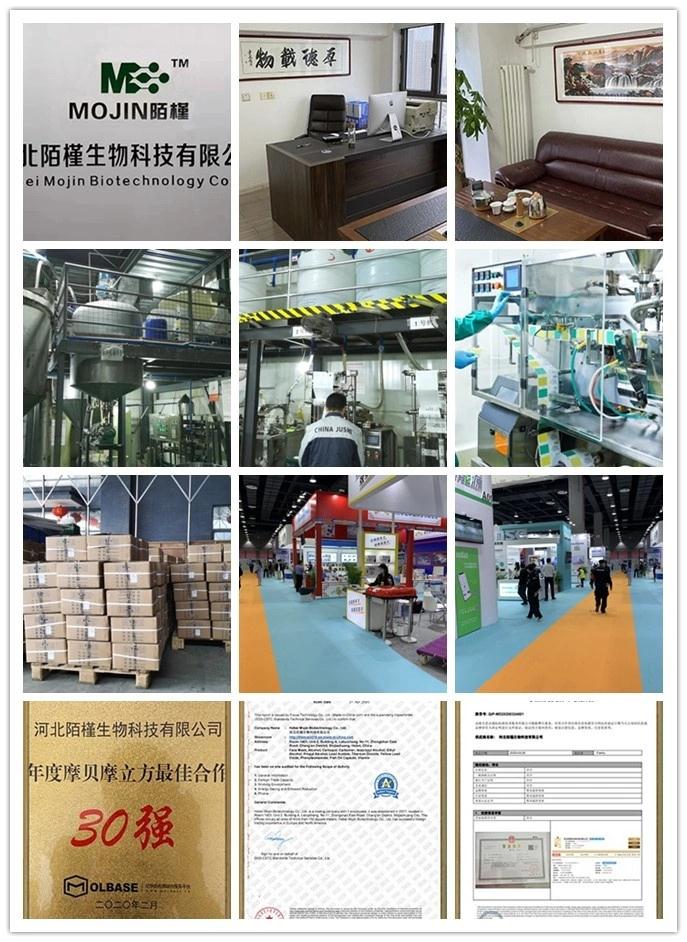 Advantage
Advantage
In stock
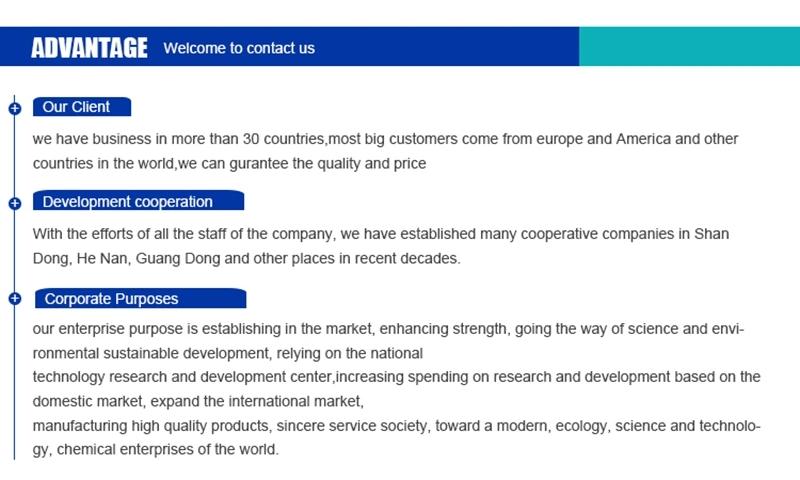
Company Profile Introduction
You may like
Recommended supplier
| Product name | Price | Suppliers | Update time | |
|---|---|---|---|---|
| $120.00/1kg |
VIP1Y
|
Hebei Zhuanglai Chemical Trading Co.,Ltd
|
2024-04-26 | |
| $6.00/1KG |
VIP1Y
|
Hebei Saisier Technology Co., LTD
|
2024-04-23 | |
| $0.00/1Kg |
VIP1Y
|
airuikechemical co., ltd.
|
2024-04-07 | |
| $0.00/1kg |
VIP1Y
|
Shaanxi TNJONE Pharmaceutical Co., Ltd
|
2024-03-26 | |
| $0.50/1kg |
VIP1Y
|
Shandong Juchuang Chemical Co., LTD
|
2024-03-01 | |
| $8.00/25kg |
VIP1Y
|
Hebei Jingbo New Material Technology Co., Ltd
|
2024-01-03 | |
| $20.00/1kg |
VIP4Y
|
Hebei Yanxi Chemical Co., Ltd.
|
2023-09-27 | |
| $0.00/1kg |
VIP1Y
|
Hebei Kingfiner Technology Development Co.Ltd
|
2023-08-24 | |
| $5.00/1KG |
VIP3Y
|
Hebei Guanlang Biotechnology Co,.LTD
|
2023-08-18 | |
| $30.00/1KG |
Weijer International Trade (Hebei) Co., Ltd
|
2023-03-09 |
- Since: 2017-12-08
- Address: Building A, Enjoy city, Zhongshan East Road, Shijiazhuang city, Hebei province
13288715578
sales@hbmojin.com



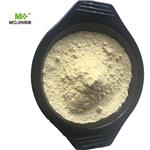
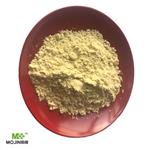
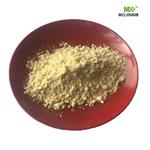
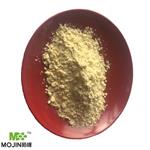

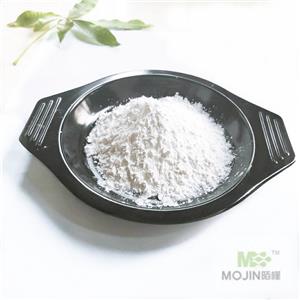
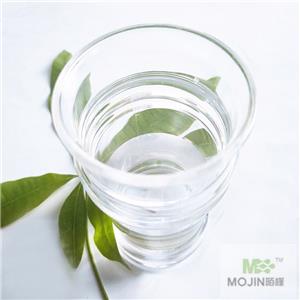

 China
China